
Photos courtesy of the author.
Status of Duck and Goose Populations and Wetlands on the Breeding Grounds
In most years, much of the primary duck and goose breeding ranges are surveyed in order to estimate breeding waterfowl populations and wetland conditions. Survey transects are flown by airplane by trained biologists and pilot biologists from the U.S. Fish and Wildlife Service and Canadian Wildlife Service who document the numbers of wetlands and count pairs, lone males and groups of ducks and geese. These estimates are entered into mathematical models and equations that also account for duck harvest and other metrics used to determine hunting regulations. For a second consecutive year, duck population and wetland surveys were canceled across most of the primary waterfowl breeding range, except for a few states that conduct their own surveys. As a result, waterfowl managers have been left without the usual information used to determine appropriate hunting regulations for next year, the 2022 season, and forecast what to expect for this upcoming 2021 season.

Normally, the U.S. Fish and Wildlife Service uses current year waterfowl breeding population and wetland data to set next year’s season regulations (i.e., 2021 data to set 2022 seasons). The waterfowl population management community has sufficient experience with the process used to set hunting regulations that under most circumstances, waterfowl population response to hunting seasons and habitat changes are fairly predictable. To add to this already complex situation, the U.S. and Canadian Prairie Pothole Region, the primary duck breeding area, has entered into a substantial drought. Thus, there was some uncertainty about whether regulatory models would recommend a reduced season length and bag limit for the 2022 season (45 days with a 4-bird bag limit or 30 days with a 3-bird bag limit). Fortunately for hunters, the model predicted another liberal season of 60 days with a 6-bird bag limit.
What does all of this mean for hunters in Illinois and other Midwestern states? Since wetland conditions in breeding areas largely influence duck production, there are likely to be fewer first-year ducks in the fall flight. This is somewhat variable, as drought conditions are not as severe in the Great Lakes Region (e.g., Wisconsin, Michigan, eastern Ontario), and the eastern half of Illinois harvests a relatively high proportion of Great Lakes produced ducks. However, the western half of Illinois, which relies heavily on Prairie Pothole Region produced ducks could see the largest change. In general, adult ducks are harvested at a lower rate than first-year ducks. They are more likely to act “stale” and land short of decoys or ignore hunters’ decoys and calling altogether. But not all is lost. The continental population is still well above the long-term average, and several species commonly harvested in Illinois should be unaffected by the prairie drought. Namely, wood ducks which are often produced locally, and green-winged teal and ring-necked ducks which are primarily Boreal Forest nesting species. The four most commonly harvested duck species in Illinois are mallards, and then wood duck, green-winged teal and gadwall, but not necessarily in that order; the second through fourth place species vary annually and may appear in any order. Thus, two of our four most commonly harvested species should be relatively unaffected.
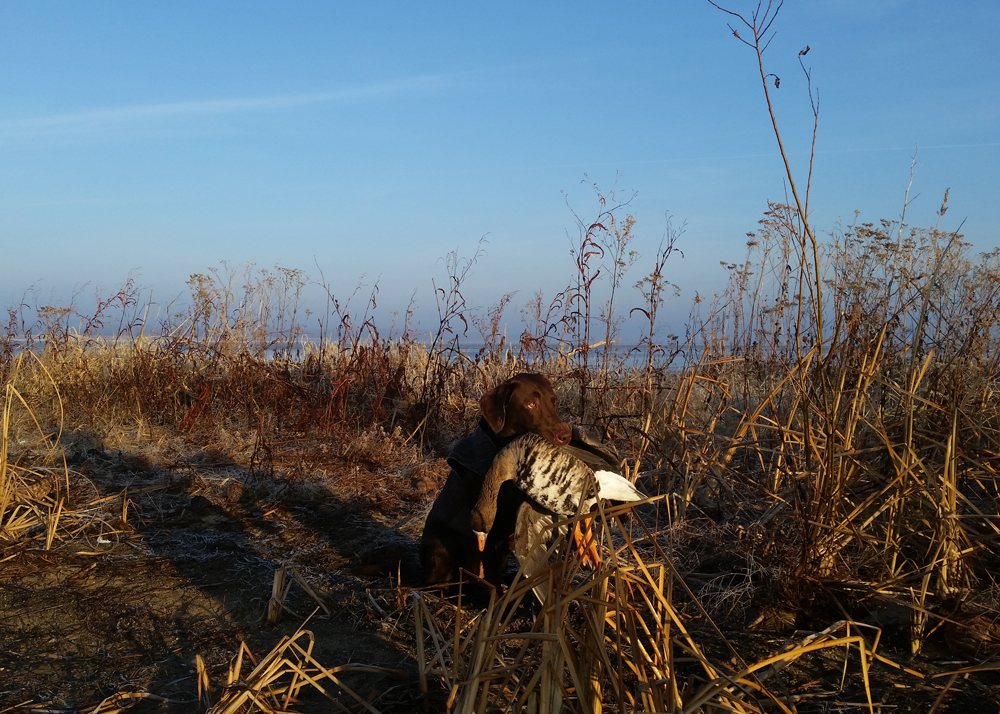
Hunters pursuing Canada geese have plenty to look forward to. Illinois’ resident Canada goose population remains high and stable with even a slight increase from recent years. Canada geese that migrate to Illinois from neighboring states also remain abundant. Interior population Canada geese that nest near Hudson and James Bays in Canada (Southern Hudson Bay Population; SHBP, formerly Mississippi Valley Population; MVP) had mixed success, with average production in some parts of the range and poor production due to a late spring thaw in others. These geese still make up a significant portion of the total Canada goose harvest in Illinois.
Greater white-fronted geese, or specklebellies, are also abundant and seem to be increasingly harvested in Illinois as hunters learn more effective ways to call and decoy these birds. Interestingly, recent research has shown that these birds often leave staging areas in prairie Canada and fly directly to rice producing areas of the southern U.S. to take advantage of abundant food resources before returning slightly north to areas in Illinois.
On the other hand, snow goose production this year appears to be relatively low. Hunters often report greater success when there is a higher proportion of juveniles in the population, but unfortunately, juveniles might be relatively sparse this winter and again in spring for hunters who pursue geese during the special conservation order during spring migration.
Within Illinois

The number of waterfowl individual hunters encounter in Illinois each fall and winter varies with a number of factors, including size of the continental population, timing of weather events and local habitat conditions. We’ve discussed populations above and weather is uncontrollable. Habitat conditions can impact local abundance by attracting and holding waterfowl. Abundance increases substantially when ducks stay in an area and additional ducks continue to arrive. Habitat conditions are variable on many managed wetlands this year, ranging from quite good to below average. Spring and early summer flooding prevented early drawdowns at many areas, but still provided time for management actions to produce quality resources for waterfowl. In other areas, mid-summer flooding prevented management for waterfowl foods until late in the summer, which typically results in lower quality resources. I always recommend watching the weather and hunting when conditions are right for your spot, not just hoping birds will be around on the weekends. Although this isn’t an option for everyone, it may be especially important this year in areas where food resources aren’t sufficient to hold ducks for long periods of time and adult birds become wary and stale quickly after arrival.
Hunters who rely on public hunting areas should be aware that some pandemic-related procedures may still be in place this season. Contact your preferred sites well before season to become aware of any procedural changes or other issues that could impact hunting these areas.
For additional information on waterfowl harvests, population trends, aerial surveys and hunter opinions please see these websites:
U.S. Fish and Wildlife Service
Illinois Natural History Survey
Illinois Department of Natural Resources- Hunt Illinois
To report bird bands; U.S. Geological Survey Bird Banding Laboratory
Randy Smith is the IDNR Division of Wildlife Resources Wetland Wildlife Program Manager.





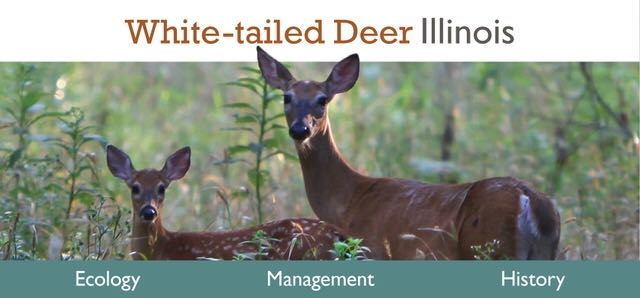
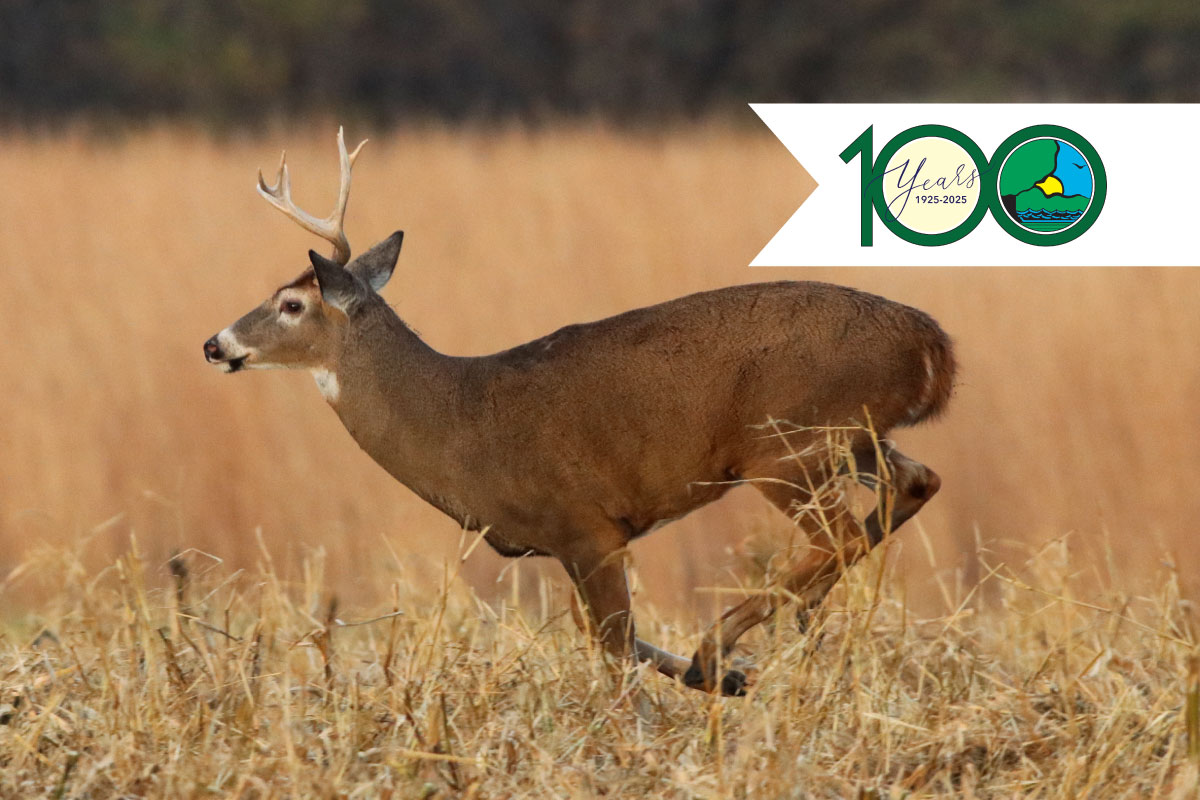
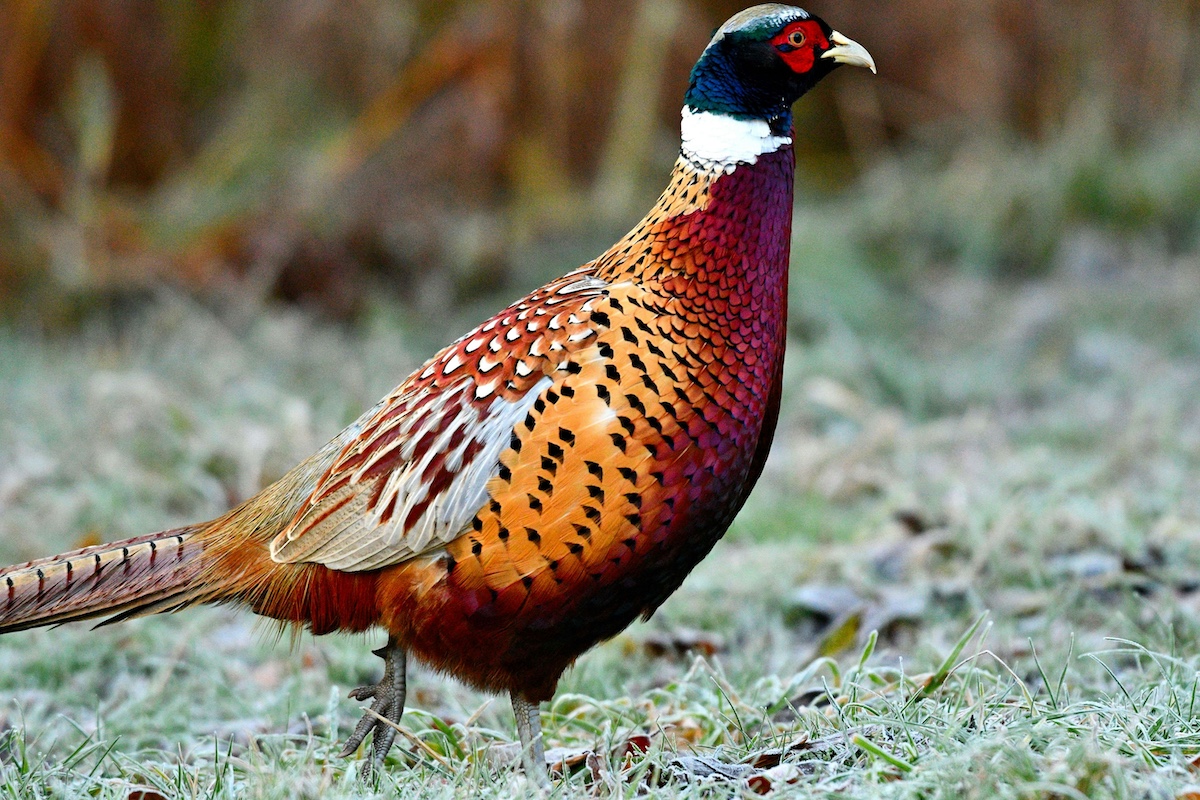
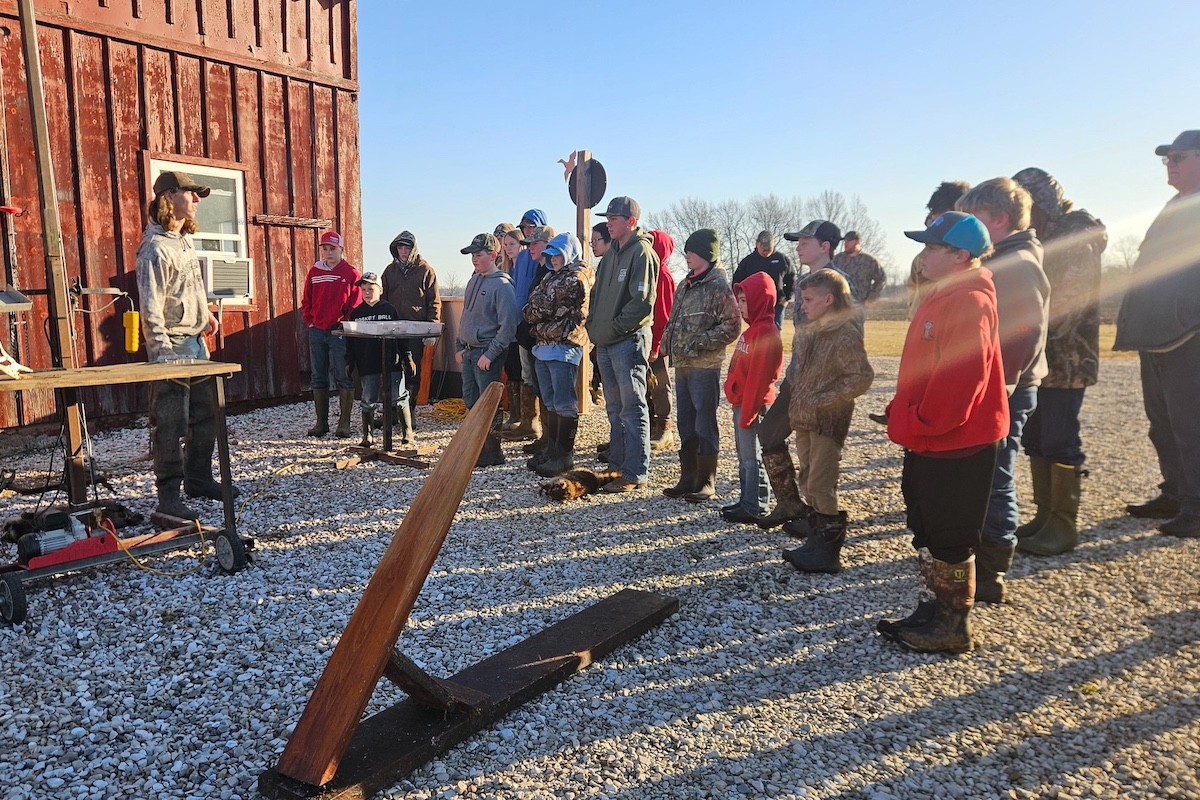
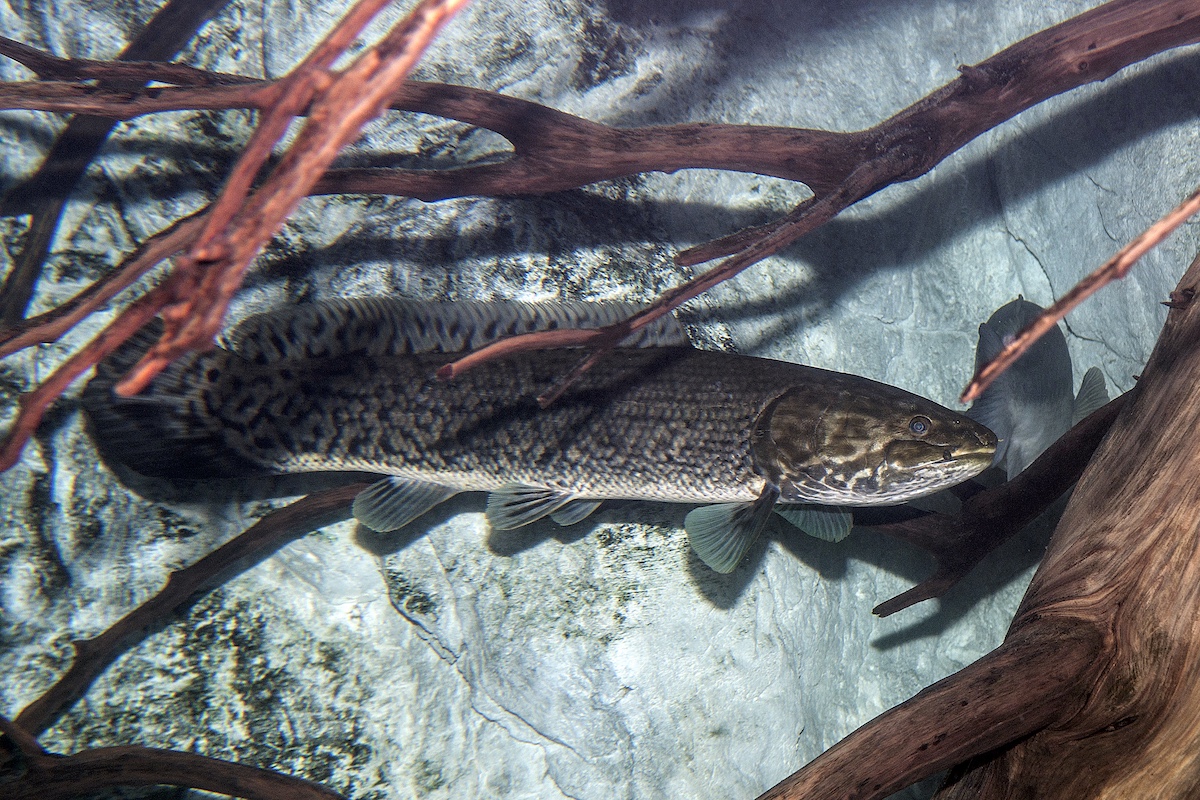
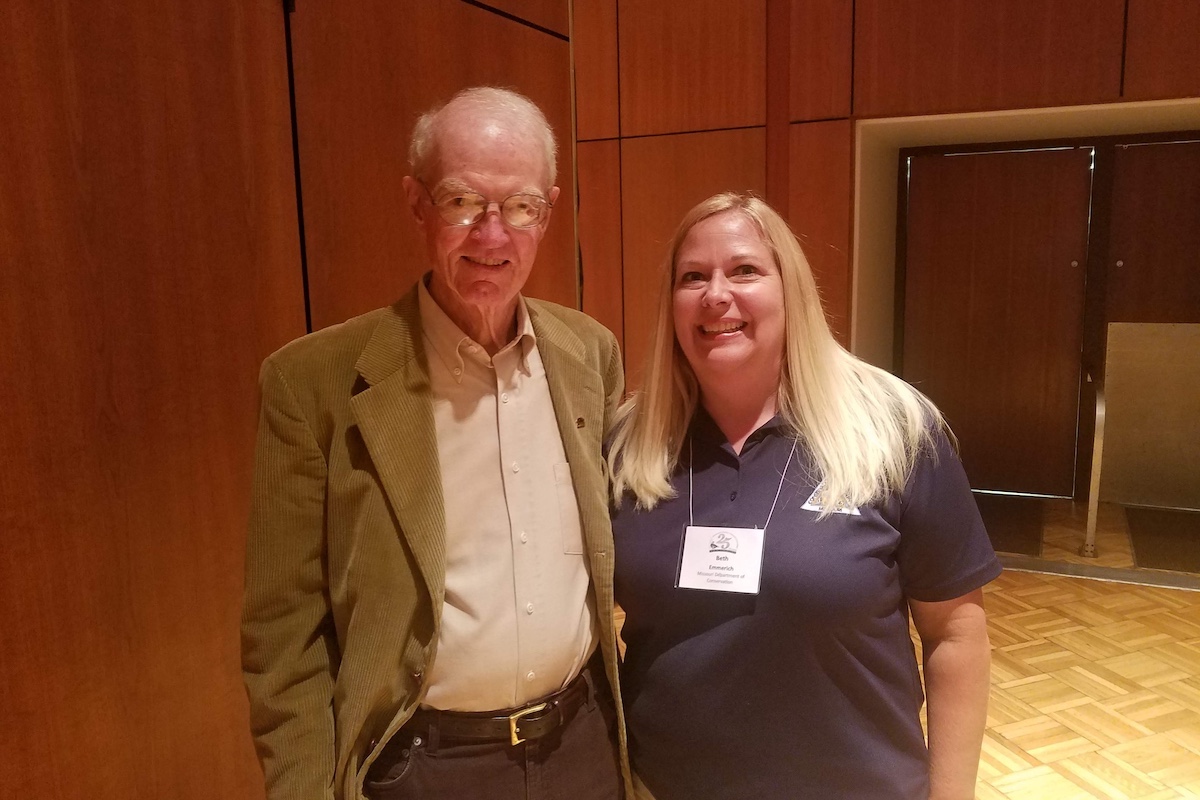
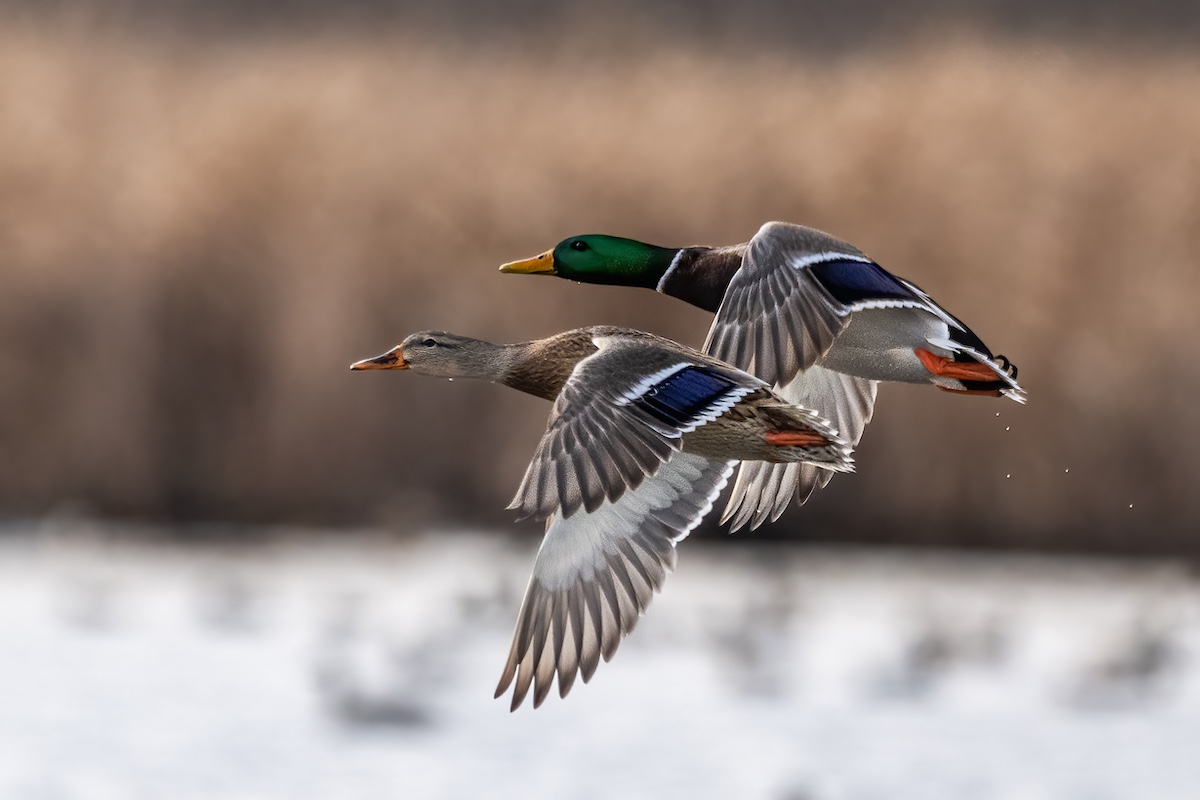
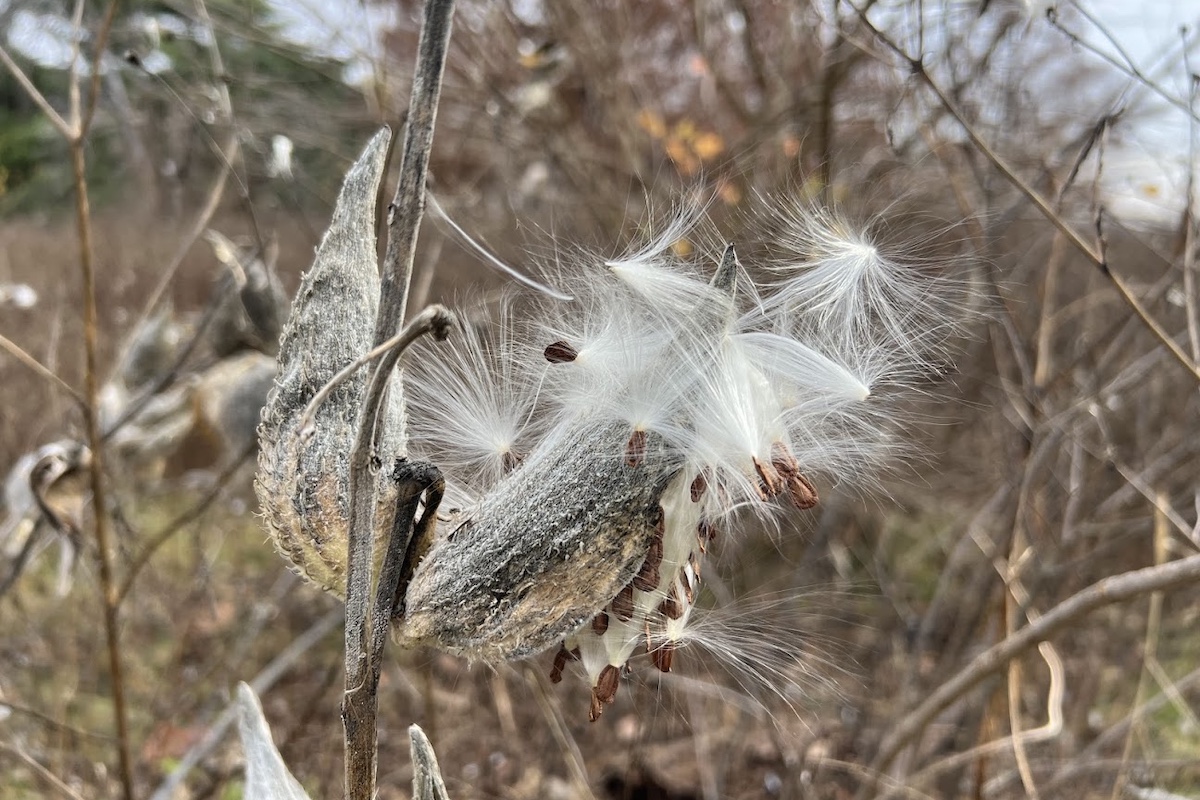
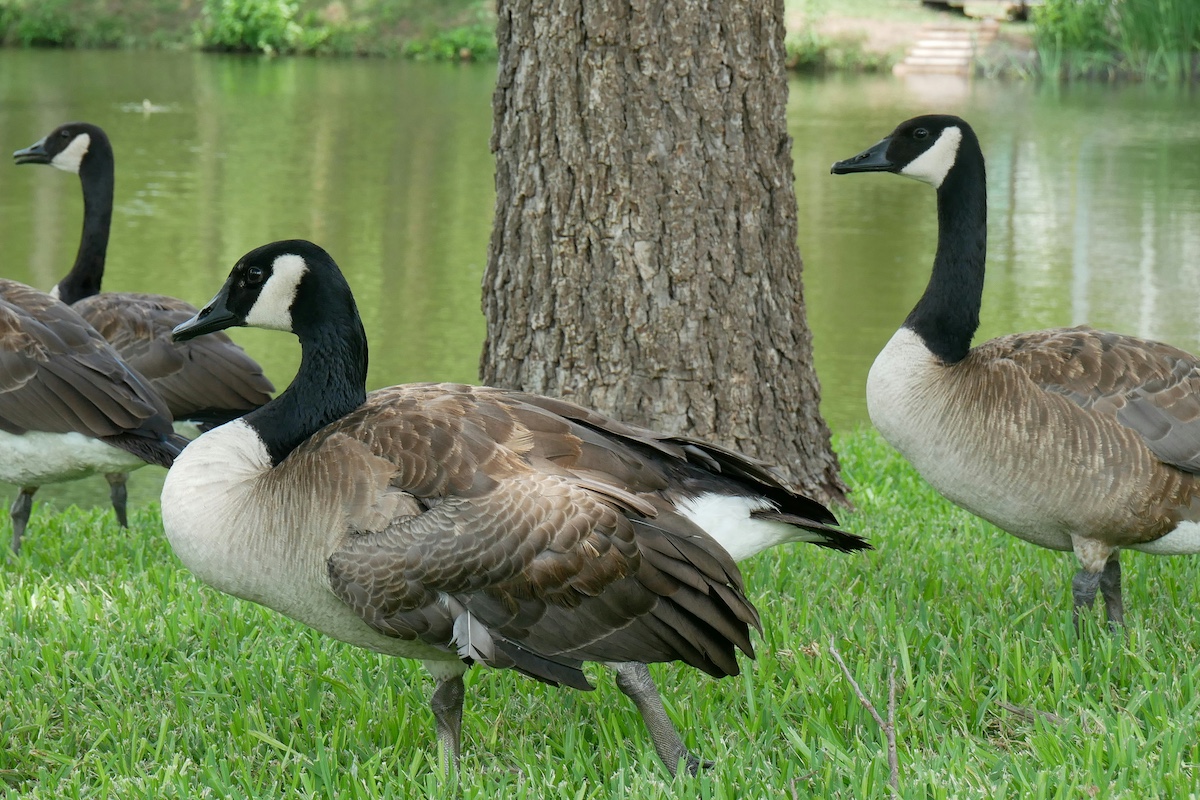
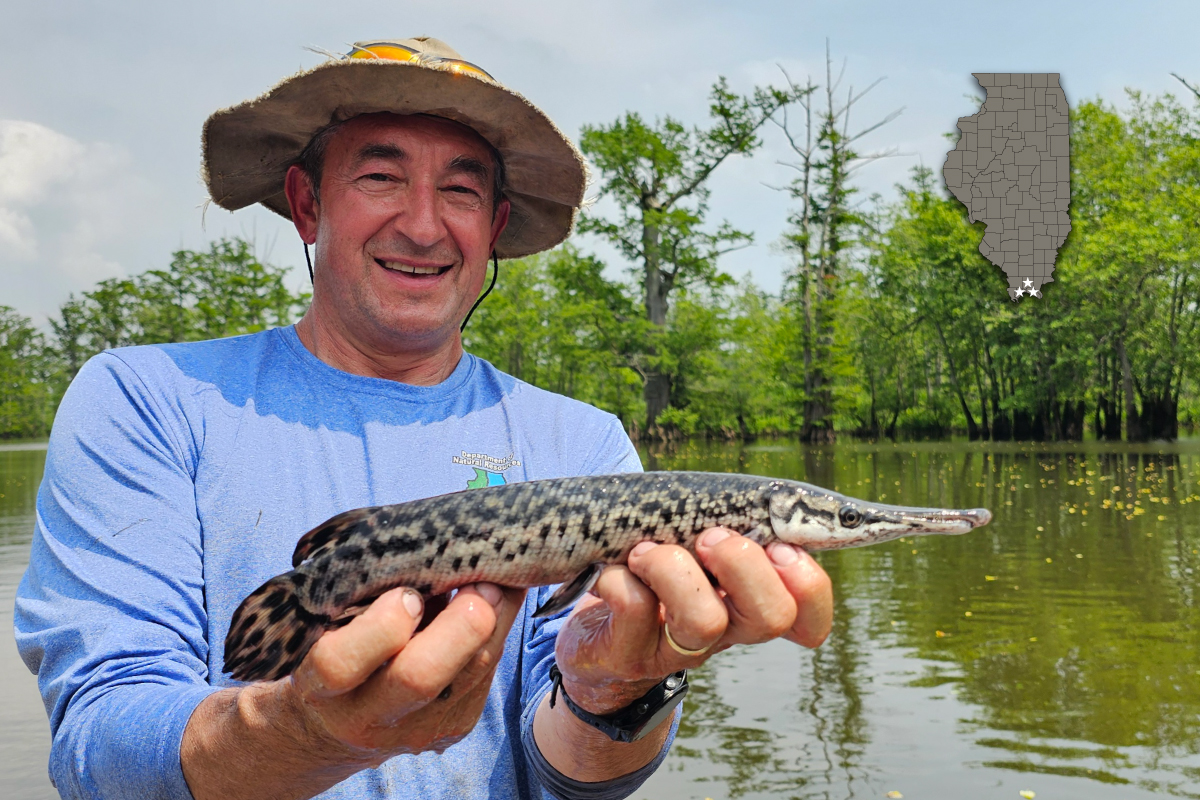
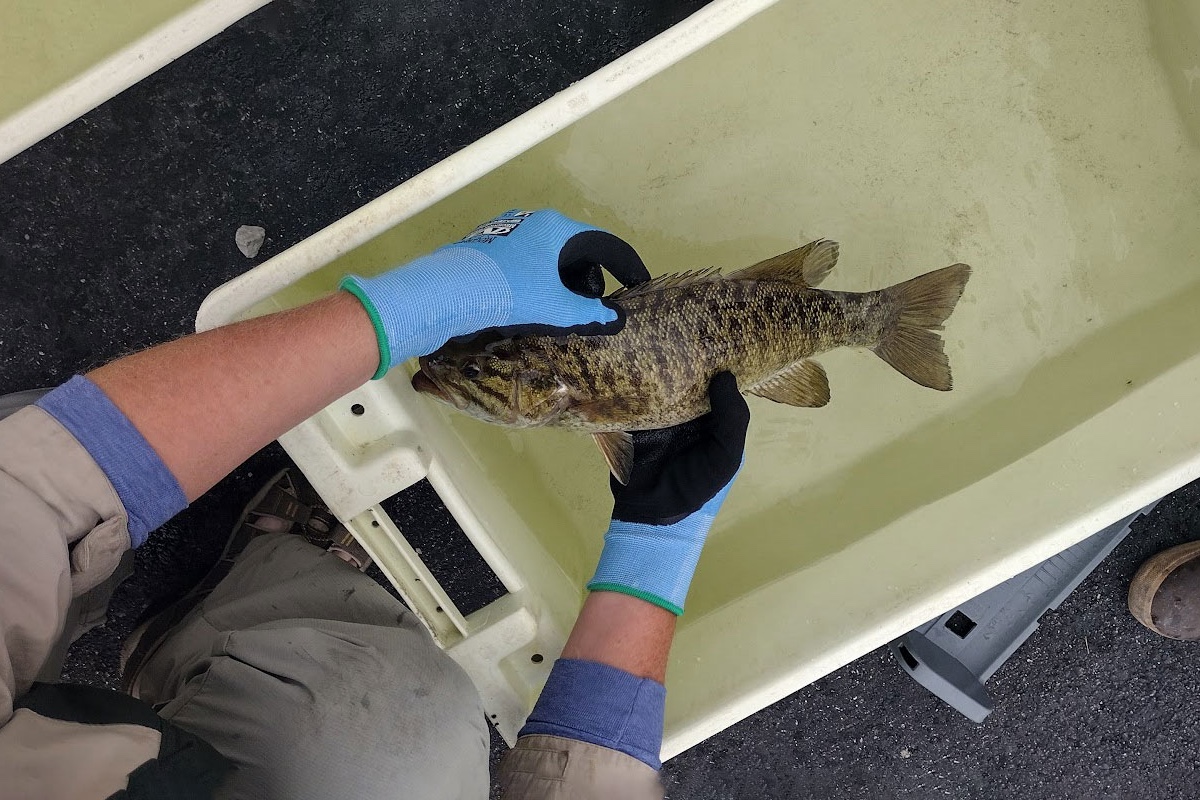
Submit a question for the author